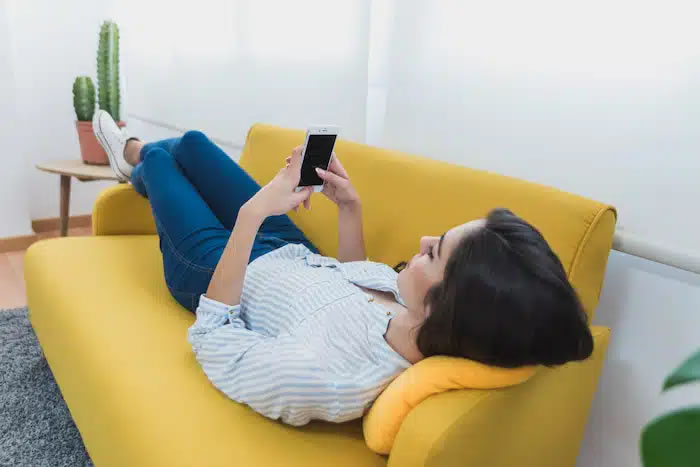Postural imbalances can cause changes, illnesses, and misalignments of the body’s axis. To avoid such complications, it is essential to consider the environmental factors that surround the individual, such as furniture in residential and work environments, as well as the equipment and tools constantly used. This way, it is possible to adapt these elements to each individual’s biomechanical characteristics, thus promoting a better quality of life.
Maintaining correct posture is related to the understanding and connection that people have with their own body—that is, the perception each individual has of themselves at different times. To adopt a specific posture, it is essential to have prior knowledge of one’s own body image. However, any misunderstanding can result in inappropriate movements. Therefore, maintaining proper posture depends on knowledge and body control combined with correct sensory stimuli and appropriate postural models.
Walk Better technology can positively impact definitions related to intonation in body posture. This helps with the mechanisms that ensure the maintenance of individual well-being, as well as identifying which posture is considered appropriate or inappropriate, possible associated disorders, and prevention strategies.
Achieving correct body posture means recognizing that our body is a highly complex system, varying from person to person and reflecting the physical expression of the human being in the environment in which they live. It involves aspects of personality, how a person positions themselves in different situations, and is influenced by their life trajectory, resulting from the action of multiple systems within the body.
Currently, cell phone use has shaped the new meaning of the word “boredom,” encapsulating responses to lives lacking purpose and the wisdom to understand why they are being lived. This digital screen responds to different stimuli, and individuals can adopt correct or incorrect postures. Poor posture is characterized by imbalances in various internal and external elements of the body, which can lead to pain and discomfort in some cases.
Sitting for long periods causes more back problems than standing. Research conducted since the 20th century has analyzed different torso positions and found that pressure within the intervertebral discs decreases when a person sits without support, keeping their back straight, especially when resting their arms on their thighs. It has also been observed that this pressure decreases further with increasing the backrest inclination. Furthermore, it has been found that using support in the thoracic region increases pressure in that area, but causes a decrease in pressure in the lumbar region. The conclusion is that sitting with back support results in fewer injuries, as there is less pressure on the spine.


